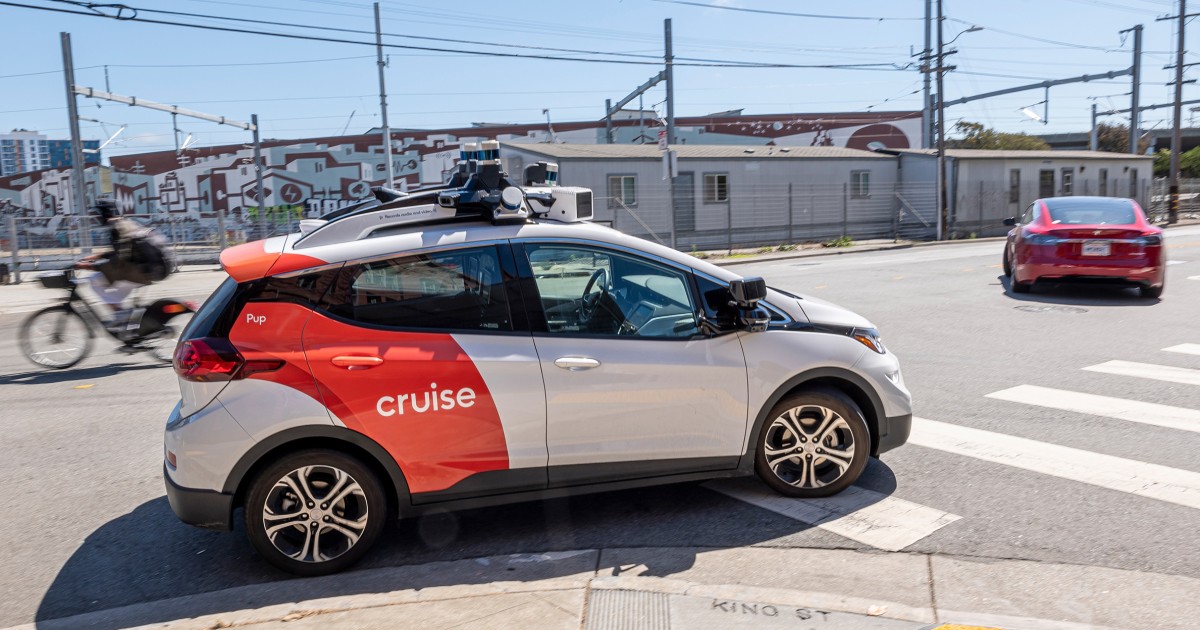Introduction
General Motors’ ambitions in the autonomous vehicle sector have garnered significant attention, particularly through its Cruise division, which focuses on robotaxi services. However, recent developments indicate that Cruise is facing considerable challenges that have stalled its expansion plans. As the company grapples with regulatory hurdles, technological limitations, and competitive pressures, the future of autonomous ride-sharing remains uncertain. This article delves into the factors contributing to Cruise’s stalled growth, the broader implications for the robotaxi market, and the potential pathways forward for GM and the industry as a whole.
The Current State of Cruise
General Motors launched Cruise in 2016, aiming to revolutionize urban mobility through autonomous ride-hailing services. Initially, the company enjoyed a surge of optimism, fueled by substantial investments and advancements in self-driving technology. However, recent reports indicate that Cruise’s expansion efforts have encountered significant roadblocks.
Regulatory Challenges
One of the primary challenges facing Cruise is the complex regulatory landscape governing autonomous vehicles. Each state in the U.S. has its own regulations regarding self-driving cars, and local municipalities often have specific requirements that can vary significantly. For instance:
- Permitting Processes: Obtaining the necessary permits to operate autonomous vehicles can be a lengthy and complicated process, often requiring extensive documentation and compliance with safety regulations.
- Public Safety Concerns: Incidents involving autonomous vehicles can lead to public backlash and stricter regulations, as seen in high-profile accidents involving self-driving cars.
- Local Government Relations: Engaging with local authorities and community stakeholders is crucial for gaining approval to operate in specific regions, which can slow down deployment timelines.
Technological Limitations
While Cruise has made significant strides in developing its autonomous driving technology, several technical challenges remain. Key issues include:
- Sensor Limitations: The efficacy of autonomous vehicles heavily depends on advanced sensor technologies, such as LiDAR and cameras. Environmental factors, such as poor weather conditions or complex urban environments, can hinder sensor performance.
- Software Reliability: The algorithms that enable autonomous vehicles to navigate and make real-time decisions must be exceptionally reliable. Bugs or errors can have catastrophic consequences, leading to a cautious approach from developers and regulators alike.
- Data Privacy and Security: As autonomous vehicles collect vast amounts of data to improve their functionality, concerns regarding data privacy and cybersecurity are growing. Ensuring the protection of user data is paramount for consumer trust and regulatory compliance.
Market Competition
The competitive landscape for autonomous vehicles is becoming increasingly crowded, with several large players and startups vying for leadership in the robotaxi space. Companies such as Waymo, Uber, and Tesla are also making significant investments in autonomous technology, creating pressure on Cruise to accelerate its efforts. Some competitive factors include:
- Investment Resources: Rivals with deeper pockets can invest more heavily in research and development, potentially outpacing Cruise in technological advancements.
- Partnerships and Collaborations: Collaborations with other tech firms, automotive manufacturers, and municipal governments can provide competitive advantages that Cruise may struggle to match.
- Public Perception: The success of autonomous services is heavily influenced by public perception. Companies that effectively build consumer trust and demonstrate safety may gain an edge over others.
Broader Implications for the Autonomous Vehicle Industry
The challenges faced by Cruise are reflective of broader issues within the autonomous vehicle industry. The ambitious timelines set by many companies for widespread deployment of autonomous services are increasingly being reassessed. Some of the implications include:
Shifting Expectations
As companies like Cruise reevaluate their strategies, investors and consumers may need to adjust their expectations regarding the timeline for autonomous vehicle adoption. The initial hype surrounding self-driving technology may be tempered by the recognition of the complexities involved in achieving full autonomy.
Impact on Urban Mobility
The development of autonomous vehicles has the potential to significantly alter urban mobility. However, if companies struggle to launch reliable services, cities may need to explore alternative solutions to address transportation challenges, such as:
- Enhanced Public Transport: Investing in and modernizing public transportation systems may become a priority if autonomous vehicles do not deliver on their promise.
- Infrastructure Development: Cities may need to adapt their infrastructure to accommodate autonomous vehicles more effectively, but without clear pathways for deployment, such investments may be premature.
Regulatory Frameworks
The experience of Cruise may prompt regulators to reconsider how they approach self-driving cars. A more streamlined regulatory framework could facilitate faster deployment while ensuring safety. Collaborative efforts between industry stakeholders and regulators may pave the way for more effective policies that balance innovation with public safety concerns.
Potential Pathways for GM and the Industry
As Cruise navigates its current challenges, several strategies could help revive its growth initiative:
Focus on Partnerships
Forming strategic partnerships with tech companies, municipalities, and other stakeholders can enhance Cruise’s capabilities and facilitate smoother entry into new markets. Collaboration may also provide access to valuable resources, data, and expertise that can bolster Cruise’s technology.
Investment in R&D
Continuously investing in research and development will be crucial for overcoming technological limitations. GM must prioritize innovation to ensure its autonomous systems are reliable and safe for public use.
Gradual Expansion
Instead of pursuing rapid expansion, Cruise might benefit from a more measured approach. Focusing on perfecting operations in select markets before scaling could allow the company to refine its technology and build consumer trust.
Conclusion
General Motors’ Cruise division is currently at a crossroads, facing various challenges that have stalled its ambitious robotaxi plans. While the regulatory environment, technological hurdles, and competitive pressures create an uphill battle, there are pathways forward that could enable Cruise to regain momentum. By focusing on partnerships, investing in R&D, and adopting a more cautious expansion strategy, GM can work towards realizing its vision of autonomous ride-sharing. As the landscape for autonomous vehicles continues to evolve, the experiences of Cruise will be a critical case study for the industry, influencing how companies approach the future of urban mobility.
See more Future Tech Daily

